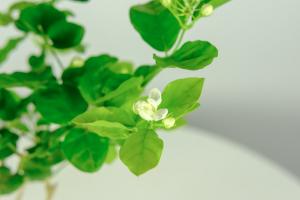Flower cutting sword promotes flowering after flower withers
After the butterfly orchid withers, if you want to continue to bloom, you have two choices: first, bloom twice in the same year; 2、 It blooms again the next year. The two options correspond to different pruning methods~
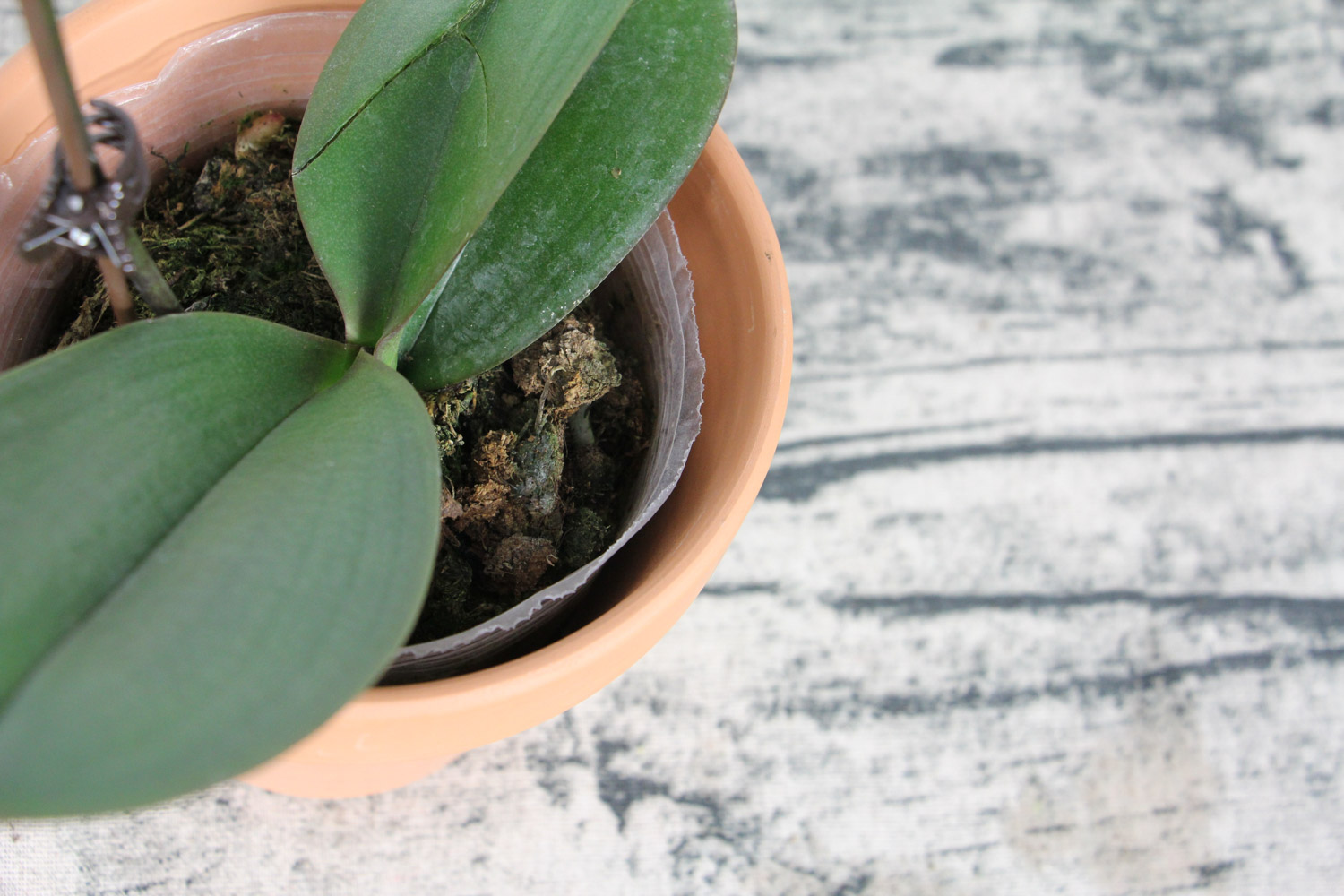
1. Secondary flowering in that year
Find a pair of scissors, wipe it with alcohol, keep 4 nodes at the base of the foil, cut off all the above parts, and keep it in a warm place with sunshine
Such pruned Phalaenopsis will bloom again after 2-3 months, but it should be noted that the plant nutrient consumption is too large, which is not conducive to the growth of the next year
2. It blooms again the next year
Cut off all the foil of Phalaenopsis from the bottom and add a little potassium dihydrogen phosphate appropriately
In this way, the trimmed Phalaenopsis enters the cultivation stage, takes good care of maintenance, and waits for more flowers in the next year
Curing after shearing
After the flowers fade, the flower cutting sword is the most important step, but it's not over. If you want Phalaenopsis to grow better, you still need the following steps
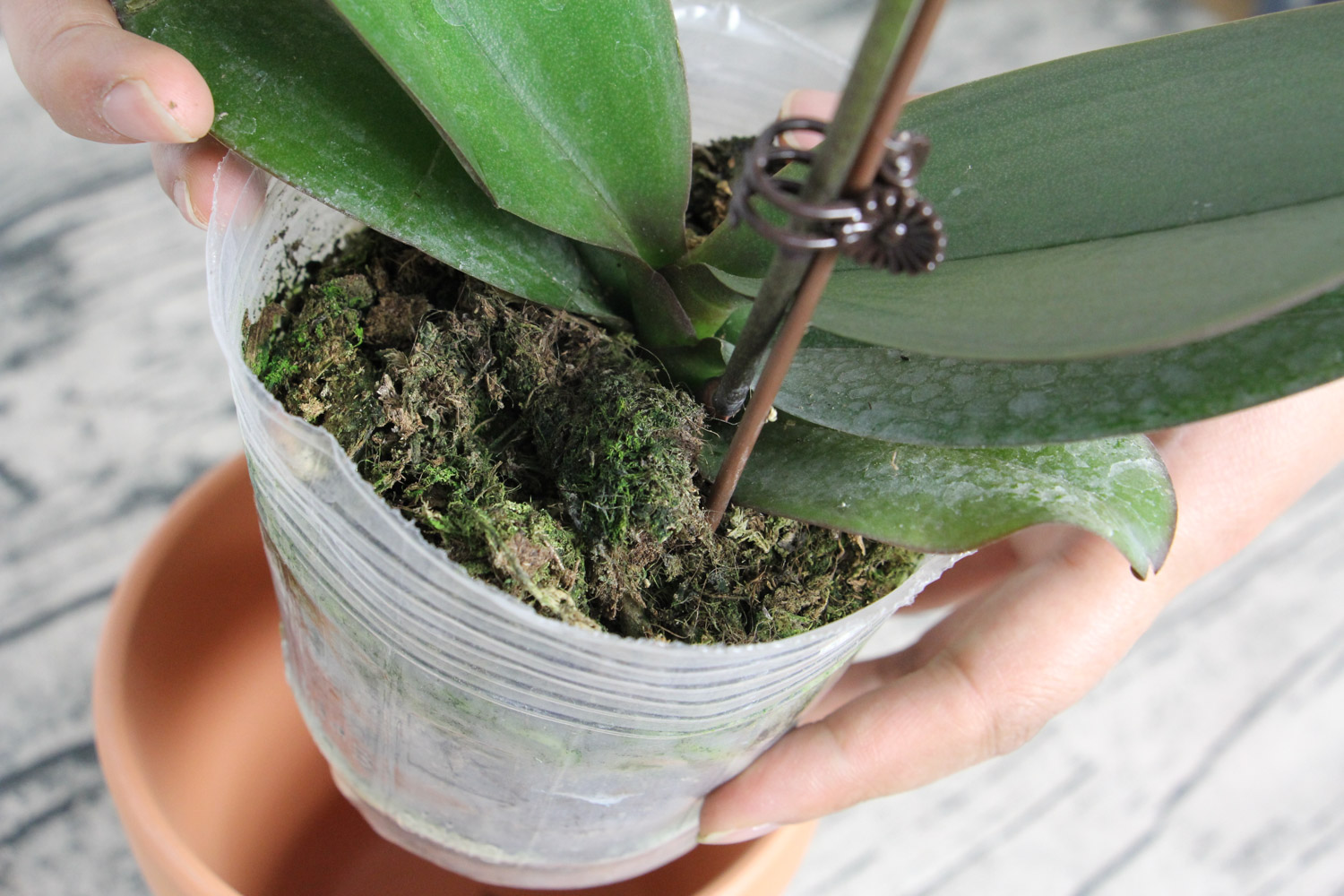
1. Plant debasing
Gently remove the plant from the pot, remove the soil from the root system, and don't hurt its tender fleshy root
2. Trim roots and yellow leaves
Cut off the old roots, rotten roots and yellow leaves
3. Disinfection and drying
Soak in hydrogen peroxide or carbendazim solution for half an hour and put it in a ventilated place to dry slightly
4. Moss covers the upper basin of the root
Wrap the root with soaked new moss and put it in the basin. Pay attention to evenly separate the root system and not squeeze several roots together
Daily maintenance of Phalaenopsis
After pruning the withered Phalaenopsis, it is necessary to carry out daily maintenance, so as to ensure that the phalaenopsis blooms again
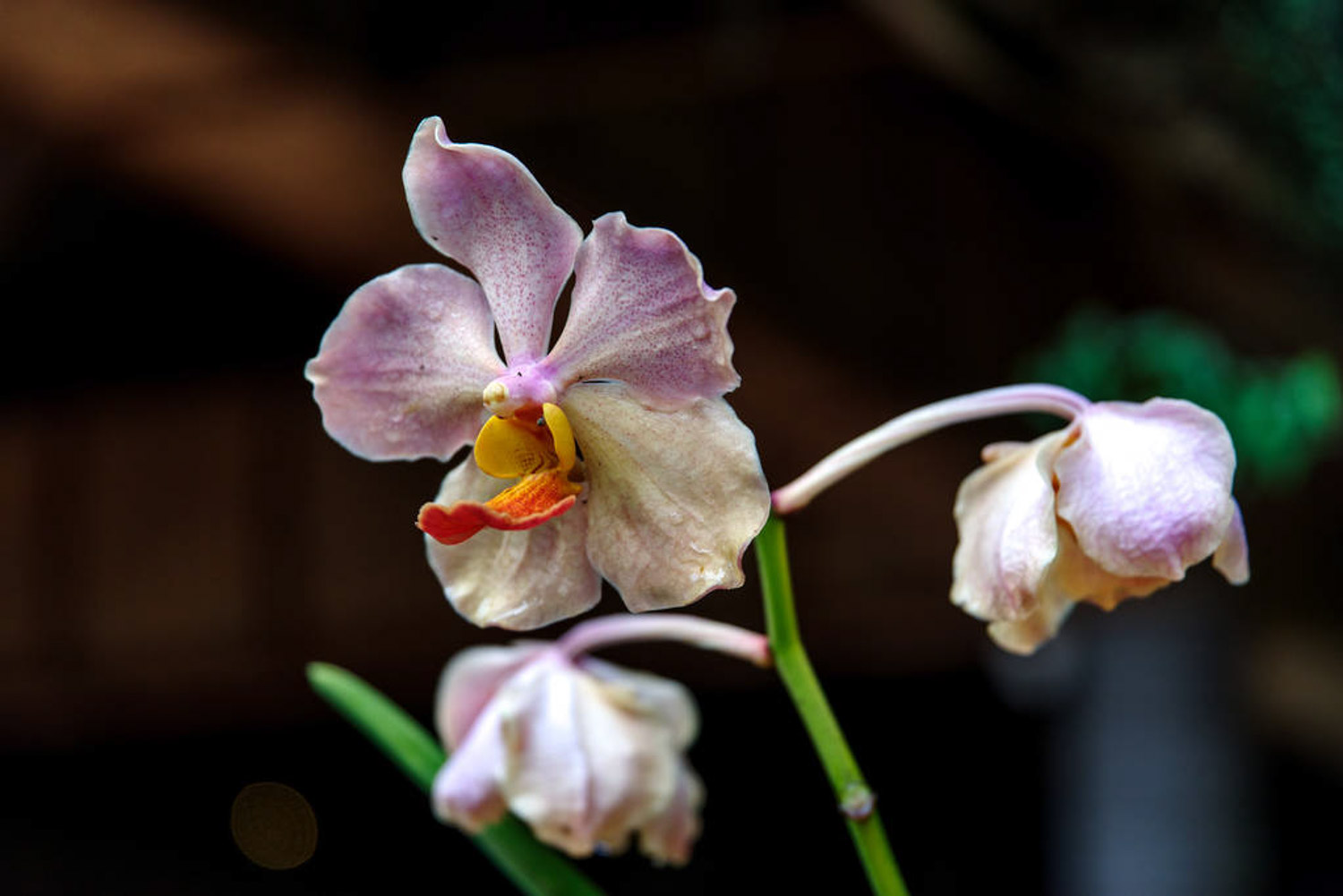
1. Watering
When to water Phalaenopsis depends on the specific situation. It can be judged by toothpick method mainly based on the dry and wet condition of basin soil
Put the toothpick into the soil and pull it out after ten minutes. If the toothpick is just a little wet, it needs watering. If it is too wet, it is not necessary
2. Fertilization
In the long seedling stage, balanced fertilizer (balanced combination of nitrogen, phosphorus, potassium and other elements) is mainly used. During flower induction, high phosphorus fertilizer is mainly used, such as potassium dihydrogen phosphate (the light should be appropriately increased during flower induction). When the flower bud is close to the size of peanut kernel, fertilization shall be stopped
Water moss planting can be watered and fertilized twice, bark planting can be watered and fertilized once, and high phosphorus fertilizer can be used once every 1-2 months
3. Illumination
Butterfly orchid likes astigmatism and avoid direct sunlight. Direct sunlight can be used in winter to increase the color
4. Regular ventilation
Butterfly orchid likes a warm environment, but it should not be kept stuffy. It should be well ventilated all year round and can be placed by the window
Common diseases
Flower friends who have no experience in raising Phalaenopsis want to throw it away when they see that the stems and leaves of Phalaenopsis are rotten and half dead. It's a pity! Huahua teaches you how to solve common diseases of Phalaenopsis
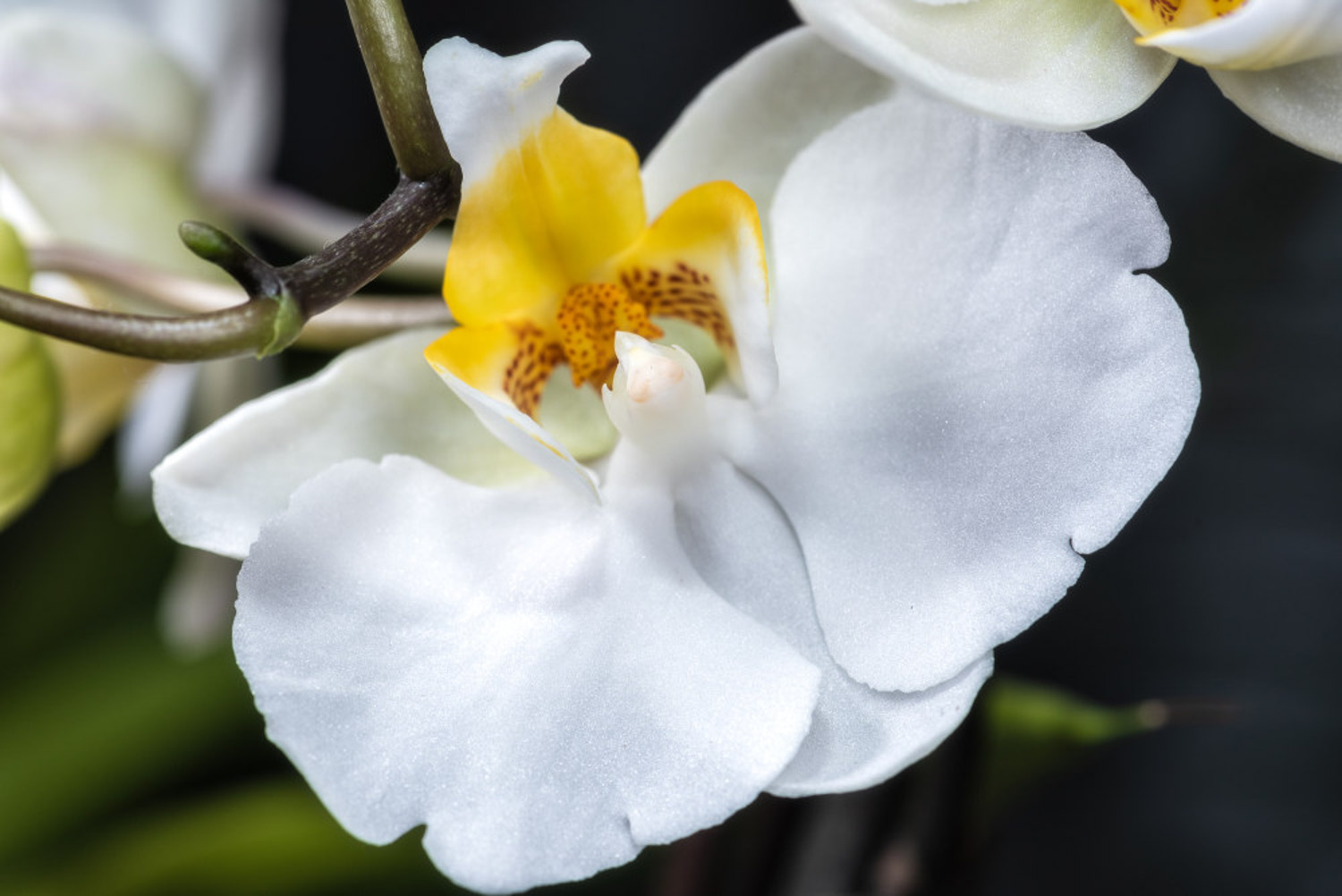
1. Stem rot
There are black spots on the stem and slowly corrode the whole stem. The main reason is that there is too much water, the basin is airtight, and the water cannot be distributed out, which stuffs the stem
Treatment method: replace the basin again, trim the rotten roots, disinfect the roots, and dig out the black spots. Apply alcohol or iodine on the wound, put it in the basin again after the wound is healed, dry it before healing, and spray more water on the orchid every day
2. Yellow leaf
The top of Phalaenopsis new shoots shrinks, the young leaves are light yellow, and the old leaves are also gradually dark yellow. The reason is that the accumulated water is wet for a long time, resulting in the lack of oxygen in the soil and the decay of some roots
Treatment method: watering should be controlled, fertilization should be stopped, and watering should be carried out according to the actual dryness and wetness of the water moss. It can be placed in a ventilated place to accelerate the evaporation of basin soil moisture
3. Rotten root
Improper watering will lead to ponding in the basin soil or poor permeability of the basin soil itself, which will lead to rotten roots of Phalaenopsis
Treatment method:
(1) cut off the rotten part
Remove the plant from the basin, wash the root with purified water, cut off the rotten root and keep the intact part as far as possible
(2) disinfection treatment
Soak the cut and residual roots with potassium permanganate 2 ‰ solution for 10 minutes, dry them, and then smear the cut with plant ash
(3) refill the basin
When putting the pot again, press the rhizome, pour water through it, put it in the shade, cover it with film, and keep it at about 20 ℃, and new roots can grow in about 20 days
The trimmed Phalaenopsis can still bloom beautifully
Importantly, it also saves money to buy flowers again
If you think the article is good
Share it with friends~

 how many times do yo...
how many times do yo... how many planted tre...
how many planted tre... how many pine trees ...
how many pine trees ... how many pecan trees...
how many pecan trees... how many plants comp...
how many plants comp... how many plants can ...
how many plants can ... how many plants and ...
how many plants and ... how many pepper plan...
how many pepper plan...



